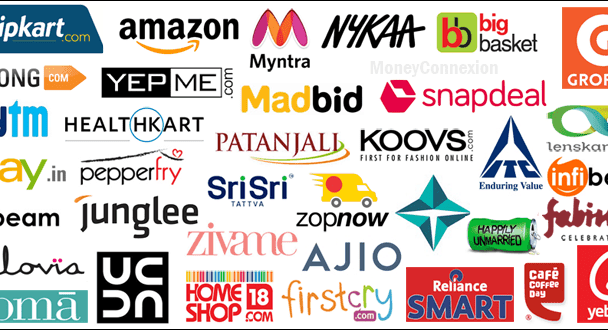Beware Of ‘Dark Patterns’ On Online Platforms; Know Where To Report Violations

New Delhi: The Department of Consumer Affairs under the Government of India has urged online platforms to refrain from incorporating any design or pattern in the online interface of their platform that may deceive or manipulate consumer choice and fall in the category of ‘dark patterns’.
Rohit Kumar Singh, Secretary, Department of Consumer Affairs, has written to major online platforms in India strongly advising them not to engage in ‘unfair trade practices’ by incorporating ‘dark patterns’ in their online interface to manipulate consumer choice and violate ‘consumer rights’ as enshrined under Section 2(9) of the Consumer Protection Act, 2019.
According to a PIB release, ‘dark patterns’ involve using a design and choice architecture to trick, coerce or influence consumers to make choices not in their best interest.
Engaging in such deceptive and manipulative conduct unfairly exploits consumers’ interest and constitutes ‘unfair trade practice’ under the Consumer Protection Act, 2019, Consumer Affairs department pointed out.
Consumers can report instances of ‘dark patterns’ or provide feedback and report such manipulative online practices on the National Consumer Helpline (NCH) by calling ‘1915’ or through Whatsapp on 8800001915.
Following are some examples of dark patterns:
* False Urgency: This tactic creates sense of urgency or scarcity to pressure consumers into making a purchase or taking action
* Basket Sneaking: Websites or apps use dark patterns to add additional products or services to the shopping cart without user consent
* Subscription Traps: Makes it easy for consumers to sign up for a service but difficult for them to cancel it, often by hiding the cancellation option or requiring multiple steps
* Confirm Shaming: Involves guilt as a way to make consumers adhere; it criticises or attacks consumers for not conforming to a particular belief or viewpoint
* Forced Action: Involves forcing consumers into taking an action they may not want to take, such as signing up for a service in order to access content
* Nagging: Refers to persistent, repetitive and annoyingly constant criticism, complaints, requests for action
* Interface Interference: Involves making it difficult for consumers to take certain actions like cancelling a subscription or deleting an account
* Bait and Switch: Involves advertising one product or service but delivering another, often of lower quality
* Hidden Costs: This tactic involves hiding additional costs from consumers until they are already committed to making a purchase
* Disguised Ads: Advertisements that are designed to look like other types of content, such as news articles or user-generated content

Comments are closed.